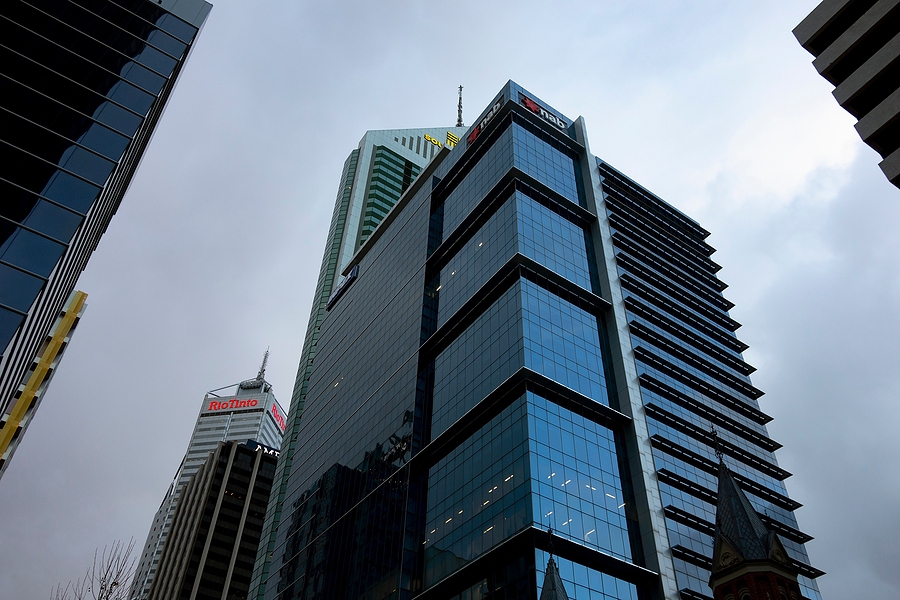Australia’s banks are in a strong position to ward off overseas turbulence, the financial services minister says.
Stephen Jones allayed fears that contagion from US and European banks following the collapse of Silicon Valley Bank and Credit Suisse would spread to domestic institutions.
Stronger regulatory conditions, high capitalisation and strong liquidity make the domestic financial market more resilient than international counterparts, he told the Australian Financial Review Banking Summit on Tuesday.
But Australian Prudential Regulation Authority chair John Lonsdale said financial regulators must address the risk of deposit concentration, given how technological changes have increased the speed at which financial crises develop.
The advent of online banking has meant customers can withdraw deposits instantaneously and social media has turbocharged the rate at which information and misinformation spread.
Mr Lonsdale played down the risk for local banks, asserting the Australian regulatory system is among the best in the world.
“We may be connected, but their challenges and problems are not necessarily ours,” he said.
The fate of Silicon Valley Bank is unlikely to be replicated in Australia because the financial regulator requires banks to carry additional capital to address the risk of rising interest rates, a major factor in SVB’s demise, Mr Lonsdale said.
Australian Banking Association chief executive Anna Bligh agreed, adding that unlike financial sectors overseas, all Australian banks are subject to liquidity coverage ratios, including smaller players.
The banking sector remains “on high alert” but at this stage contagion has been restricted to Europe and the US, she said.
Financial markets rebounded in the US and Australia on Monday after First Citizens’ purchase of Silicon Valley Bank’s assets eased contagion fears.
Rising interest rates have led to a credit crunch for several regional banks in the US, sending deposit holders fleeing to larger players seen as a safer bet.
Commonwealth Bank chief executive Matt Comyn speculated that more lenient regulations on smaller banks in the US were intended to make it easier for them to compete.
“That’s fine almost all the time until it’s absolutely not,” he said.
Australia’s big four banks are the most capitalised large banks in the world, making them far better protected from credit risk, he said.
Analysts have commented the risk of banking failure is lower than during the global financial crisis because deposits are effectively insured by governments.
Ms Bligh warned against increasing the major bank levy as a charge to fund the government’s deposit guarantee, arguing the reputation of the big four banks helps smaller players access credit on the international market.
“The last thing we need for Australia’s banks is any further uncertainty,” she said.
Mr Jones said he had no intention of increasing the levy.
Meanwhile, Westpac CEO Peter King told the summit he expects the Reserve Bank to raise the cash rate one more time before settling on a pause.
The bank’s economists predict no cuts to interest rates before the first quarter of 2024, as the focus turns from where rates will peak to how long they will stay there.
Despite higher lending rates, house prices are still not showing any signs of easing with supply failing to catch up with demand, CoreLogic Asia Pacific research director Tim Lawless told the summit.
Increased government investment in social and community housing is a positive step, he said, but it would be years before results would begin to take root.
In the meantime, Mr Lawless predicts further pain for renters, with vacancies set to fall below one per cent across the country.
Jacob Shteyman
(Australian Associated Press)





